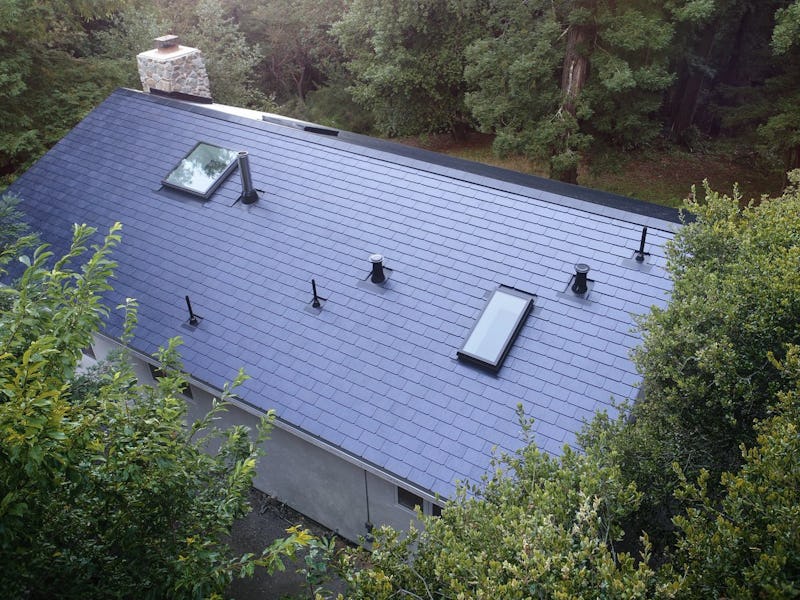Solar panels will continue to decline in price in the 2020s
The sun is set to shine on solar energy.

The sun is set to shine on solar energy.
As the clean electricity source surges in popularity, it’s seen a reduction in prices. The price of solar has been enough to undercut coal in both China and the United States. Once an expensive curiosity, solar is now cost competitive and set to go lower.
This is #15 on Inverse’s 20 predictions for the 2020s.
It couldn’t come at a better time. The 2015 Paris Agreement has committed countries to reaching net zero carbon emissions in a bid to prevent climate change fueled by carbon dioxide emissions. The United Kingdom has committed to reaching net zero by 2050, while Norway has committed to a stricter goal of 2030. The International Renewable Energy Agency, in an all-encompassing report last month, explained that solar alone could lead to a 21 percent reduction in solar prices as early as 2050.
Inverse predicts that, as it has done previously, solar panels will continue to decline in price in the 2020s.
Solar panels: the source of energy enters a new era
Solar has seen a dramatic drop in price. Research from MIT shows that over the past 40 years, the price of photovoltaic modules have dropped by 99 percent. And where a residential install in the United States cost $6.65 per watt in 2010, this dropped to just $2.89 per watt by 2018.
There are signs that prices are already moving further. One report from San Francisco-based think tank Energy Innovation found in March that last year, 74 percent of all American coal power plants were at risk from new wind and solar within the nearest 35 miles. In short, it would cost less to build new wind and solar than to continue funding the existing plant.
A similar story emerged in China in August. This showed that home-generated solar was cheaper than grid electricity. In 22 percent of cases, it could compete with the benchmark electricity price of desulfurized coal.
The latest IRENA report shows how all this could add up to a greener future. It suggests that solar could account for 25 percent of global electricity by 2050, the second-largest source just behind wind. When mixed with other efficiency savings, that could reduce emissions by 70 percent against 2020 levels.
These cells may not look like the traditional photovoltaic cells. Tesla has been developing its Solar Roof, automakers are exploring cells on cars, and researchers are also experimenting with transparent windows. Scientists are even looking at solar paint that comes in cans.
When it’s cheap and available everywhere, solar could become the ultimate no-brainer.
As 2019 draws to a close, Inverse is looking to the future. These are our 20 predictions for science and technology for the 2020s. Some are terrifying, some are fascinating, and others we can barely wait for. This has been #15. Read a related story here.